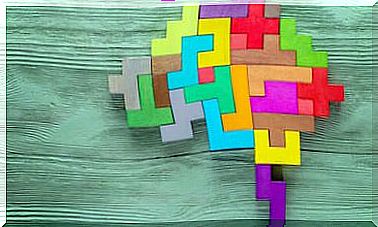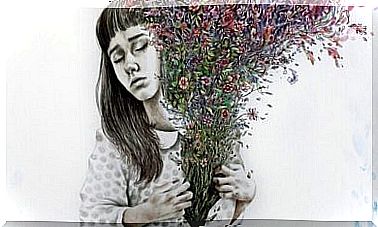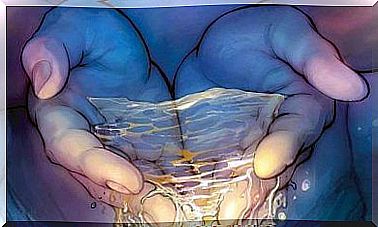5 Differences Between Sadness And Depression
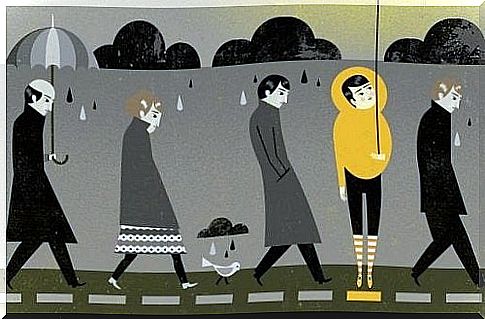
Much of the psychological language has found its way into the popular field. However, this process was not done in a precise manner and the adequate equivalences were not put in place. One of the classic examples of this problem is the difficulty many people have when it comes to differentiating between sadness and depression. The inclusion of the word “depression” in popular parlance has often resulted in confusion and rejection of depression as an illness.
A certain contempt for these moods has even developed. Mostly sadness. It is for this reason that some people prefer to say that they are depressed rather than admit that they feel sad. Depression does indeed have a more technical side; sadness is more linked to human fragility.
However, you should know that there are big differences between sadness and depression. The first, and most important of all, is that sadness is a state of mind, a mood; depression, on the other hand, is a disorder and should be treated as such. It is therefore essential to clearly differentiate these concepts.
1. Duration, a decisive factor
The duration of psychological phenomena is not an exact datum. Despite everything, it is indeed a point which, added to others, allows us to make a more precise approximation of what happens to a person. By definition, an emotion has a short duration.
One of the big differences between sadness and depression is that the former is a fleeting emotion while the latter is relatively chronic (unless one intervenes adequately). A person has to feel sadness for six months on a continuous basis for us to suspect the existence of depression. At least that’s what the diagnostic criteria indicate.
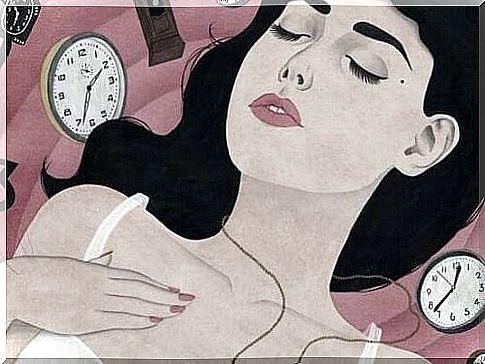
2. Apathy, a factor that marks the differences between sadness and depression
Apathy is, to put it simply, a difficulty or resistance to action. When a person is sad, they feel less motivated to do certain activities. She cuts down on her social life a bit, dedicates less time to her job or other tasks that she used to do. But she remains active.
A depressed person, on the other hand, is crushed by this depression. She neglects her obligations and does not feel capable of anything. She frequently talks about her fatigue and minimizes her activities for a relatively long period of time. In clinical terms, depression is very similar to an anxiety disorder.
3. The degree of isolation
Another difference between sadness and depression is reflected in the degree of isolation that is found in each of these states. It is usual for a sad person to seek the proximity of trusted people to talk about their feelings. She seeks solace from other people, although she may maintain a certain degree of social isolation. It will depend on the personality and the coping strategies of the person.
When it comes to depression, we see a constant rejection of contact with others. The depressed person keeps their feelings to themselves, and even if they don’t feel good being alone, they prefer it to being around. She gradually isolates herself, even from those close to her.
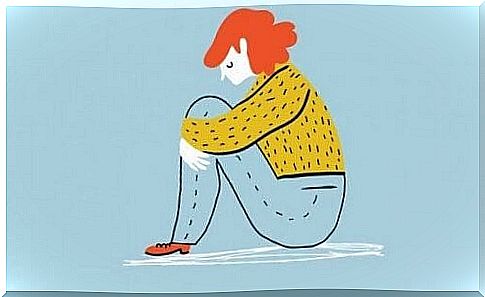
4. The level of functionality
One factor that marks big differences between sadness and depression is the level of functionality. In the case of a sad person, their mood only slightly changes their usual way of life. She may be less dynamic or more reserved, but in general she does all the activities that she would do on a normal day.
On the other hand, when a person suffers from depression, their usual routine is frequently altered. She has great difficulty in fulfilling her professional, family, social, emotional, etc. obligations. It is not uncommon to see her inventing excuses over and over again to cover up her lack of commitment or her demotivation. She cannot adjust to a “normal” routine.
5. Despair
There are different reasons a person can be sad. These are almost always associated with a loss or a conflict situation that is difficult to resolve. Although she feels great emotional pain, she is also able to laugh, think about the future, and make plans. She may not have all the answers to her questions, but she feels that the future may hold good things in store for her.
In the case of the depressed person, we only find hopelessness. When considering her future, she sees only a dark tunnel. She feels no interest, no desire and is unable to project herself into the future. How could she do it when she already has trouble living in the present?
As we see, there are some important differences between sadness and depression. The latter should be monitored and treated by a mental health professional. It is indeed a disorder that will not go away on its own and therefore requires specialized intervention.

